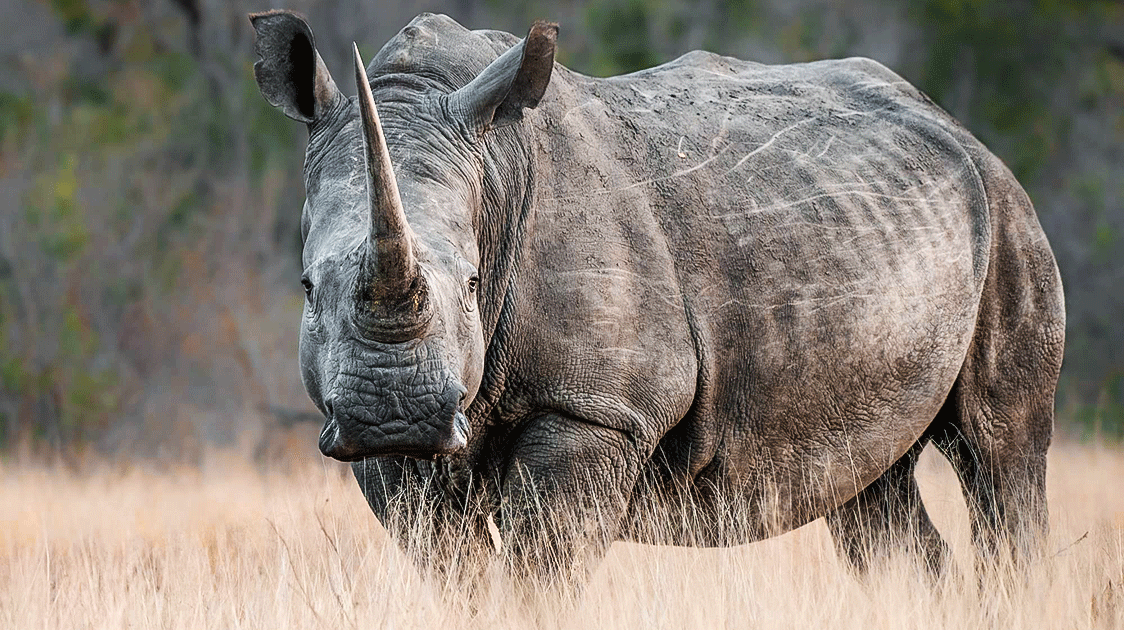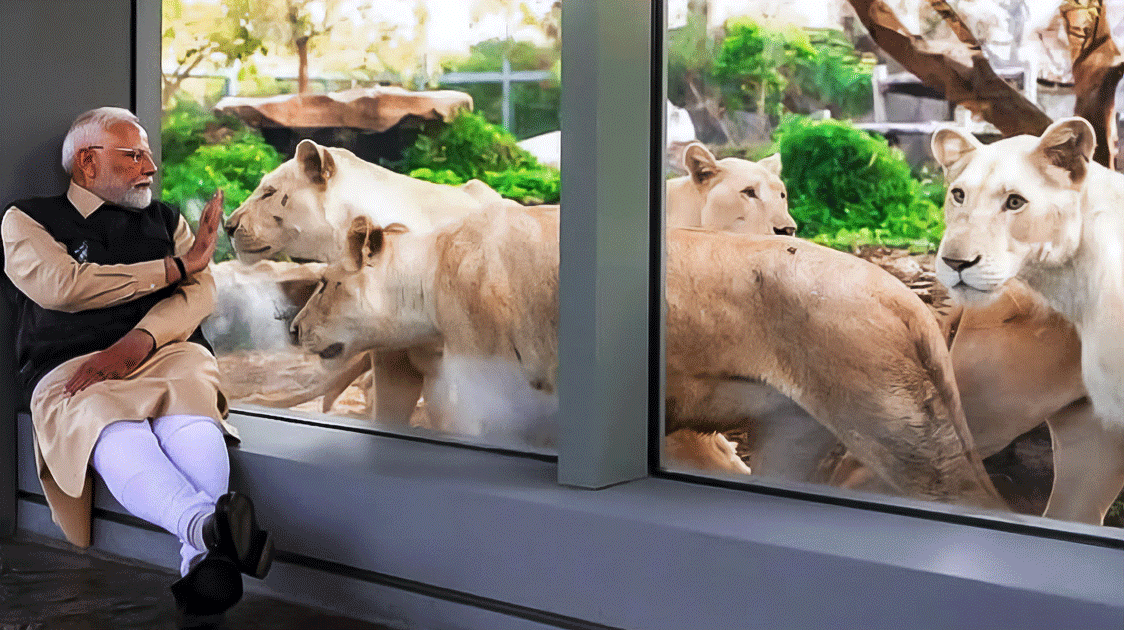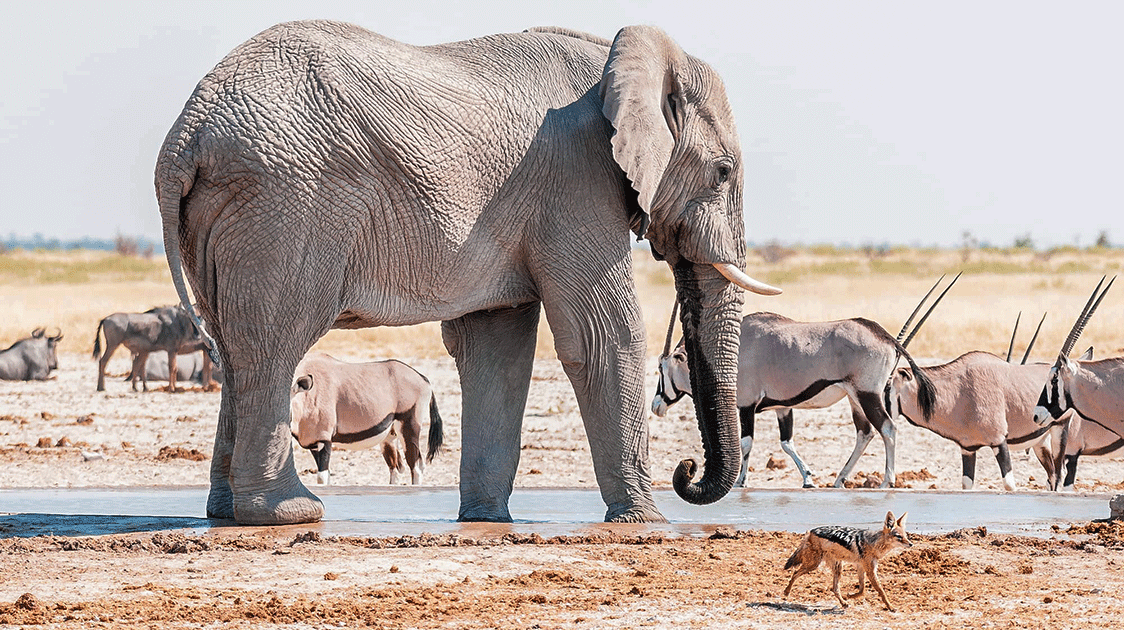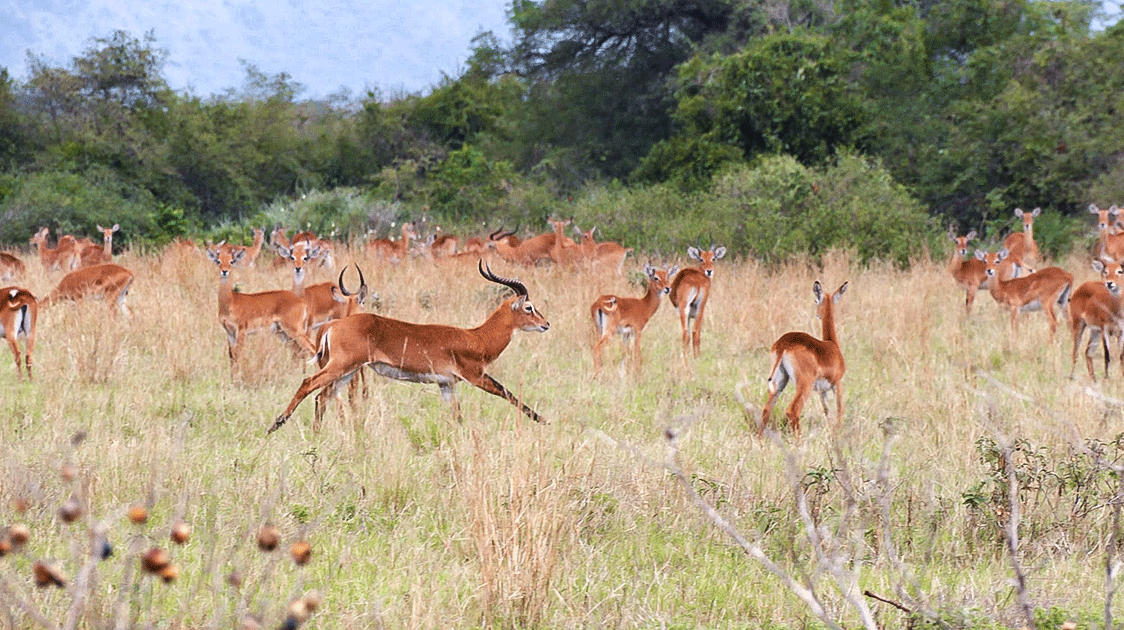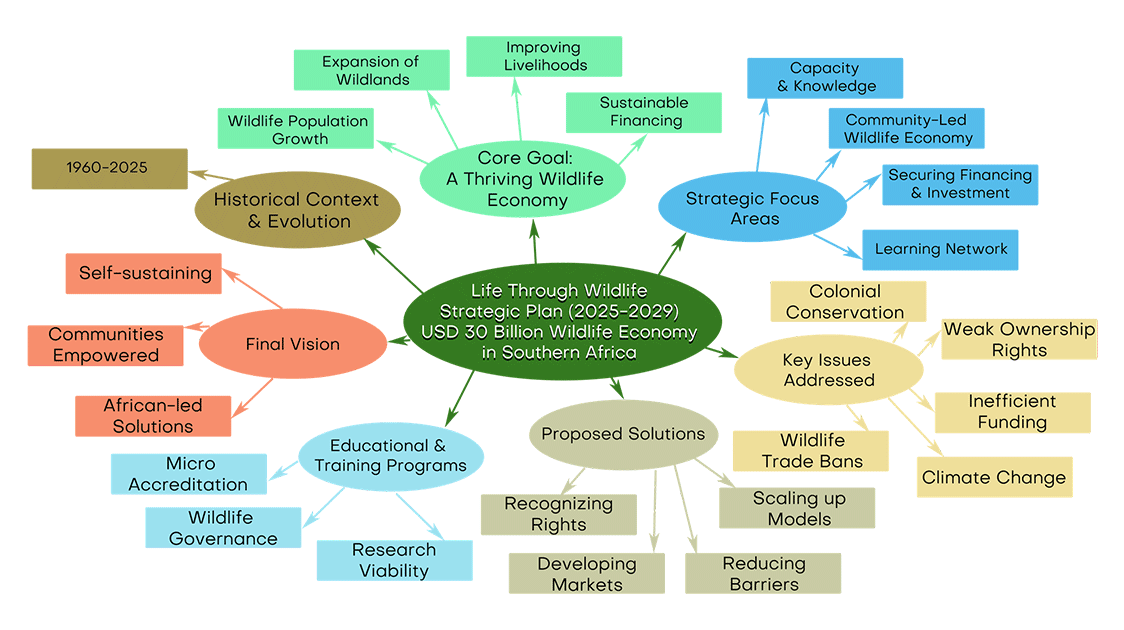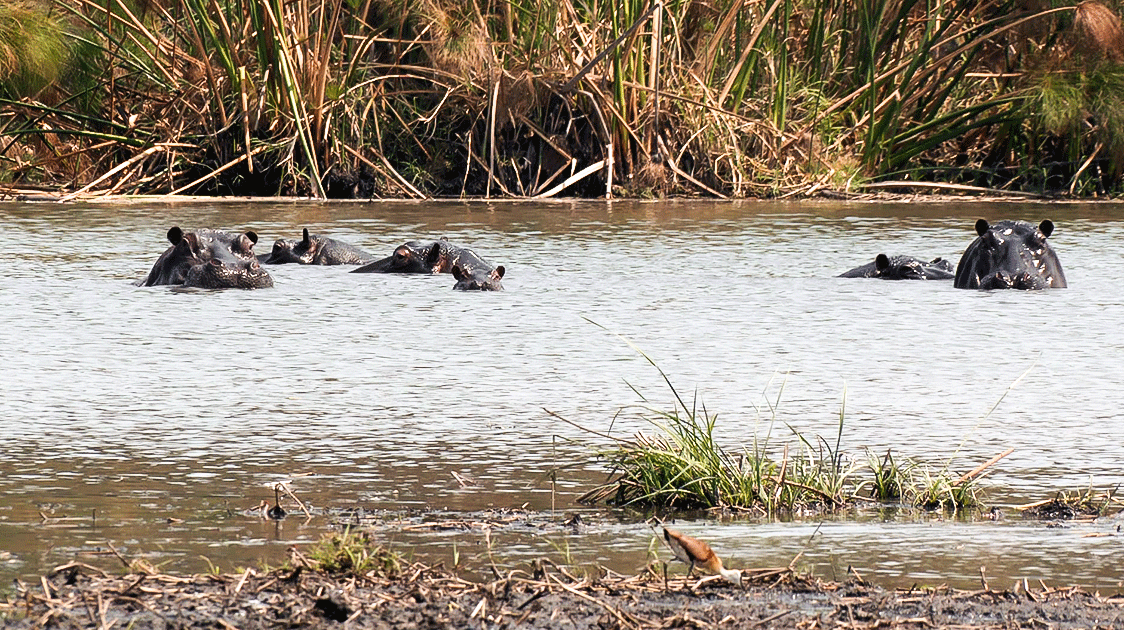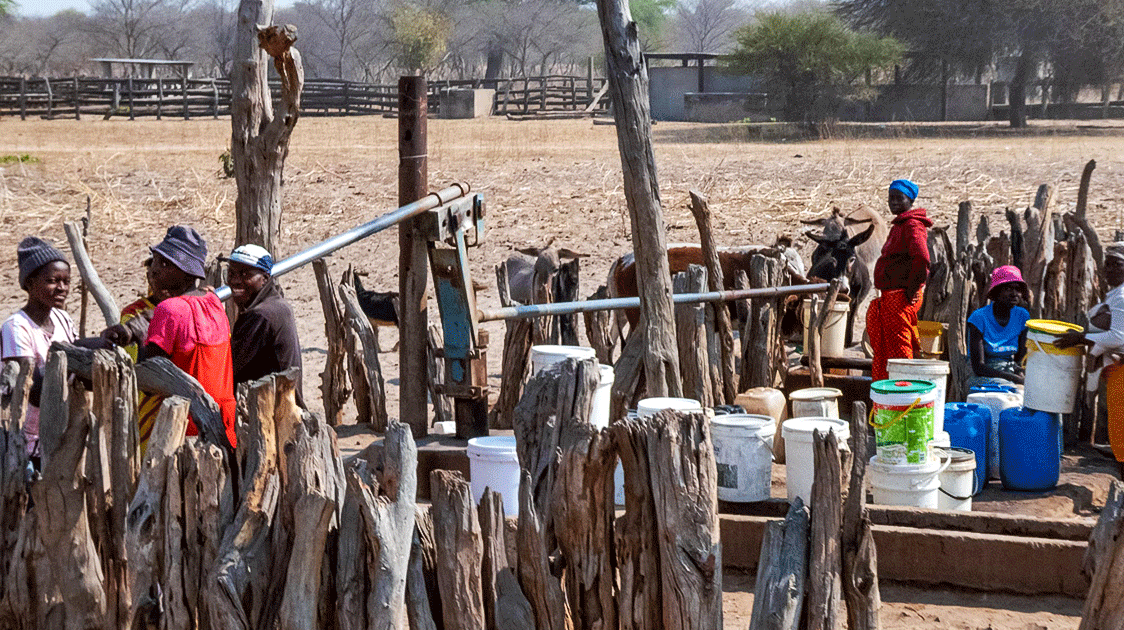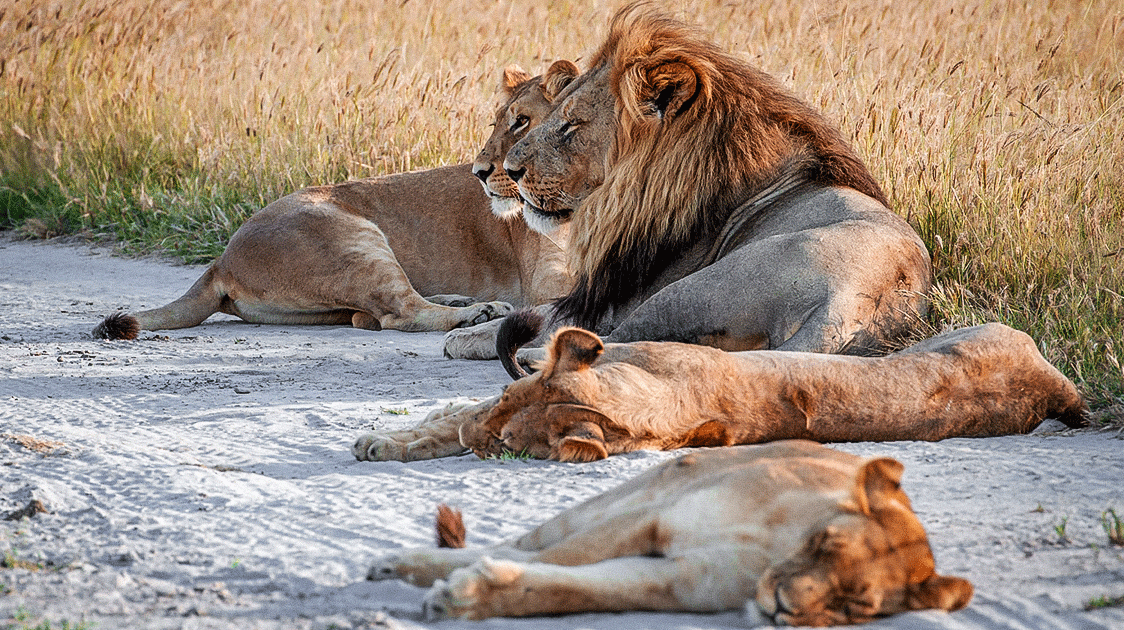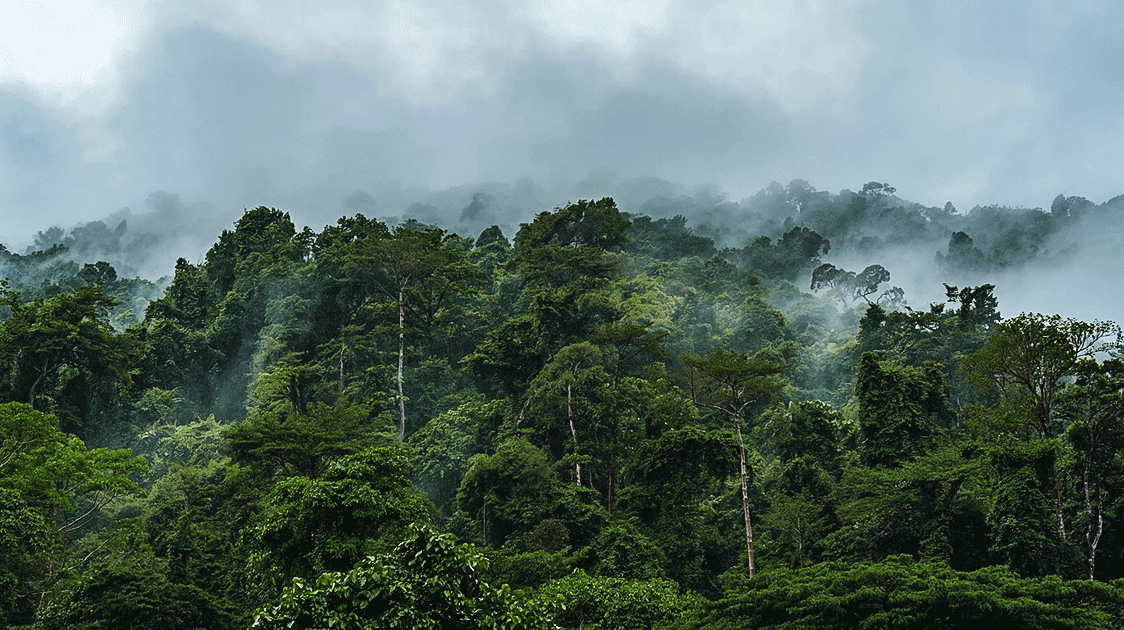Endangered Species
"Endangered" is more than a label, it's an alarm. The term signals a critical turning point in a species’ survival. While popular focus often falls on the Big Five, many endangered species face equally serious threats away from the spotlight. From vultures that prevent disease outbreaks to amphibians that exist nowhere else on Earth, each endangered listing is a red flag raised in real time.
How Does Poaching Affect Endangered Species?
Poaching is one of the most immediate and deadly threats to wildlife. For endangered species, even small losses can tip populations into irreversible decline. Whether it's hornbills killed for ornamental casques or small cats hunted for pelts, poaching endangered species disrupts food chains, affects breeding, and undermines ecosystem stability. The illegal wildlife trade in endangered species not only threatens animals but also degrades natural resources local communities rely on.
At Patrolling.org, we work alongside frontline conservation teams documenting poaching impacts and assisting with response protocols. Camera-trap footage, snare removals, and field surveys all provide the evidence needed to strengthen protective policies and prosecutions.
How a Species Becomes Endangered
The process behind an "endangered" status is rigorous. Conservation bodies evaluate species based on habitat loss, reproductive success, and exposure to poaching or trafficking. Once critical thresholds are crossed, such as steep population drops or geographic isolation, the species may be added to international endangered species lists.
Patrolling.org frequently reports on these assessments, offering transparency into how site counts, tracking data, and expert fieldwork feed into major decisions. By demystifying the process, we aim to bring public trust to the science that underpins global wildlife protection.
Endangered Species Patrol Works to Protect
We, at Patrolling.org are actively involved in protecting a range of endangered species, including the African white-backed vulture, Temminck's pangolin, golden-rumped elephant shrew, Pickersgill’s reed frog, forest hinge-back tortoise, shoebill stork, African wild dog, and the Zanzibar red colobus monkey.
Ranger Duties for Overlooked Species
Not all conservation work is about iconic megafauna. Rangers are vital in protecting lesser-known animals that often fall below the public radar:
- Deactivating traps for civets, pangolins, and mongooses
- Guarding nesting cliffs used by endangered vultures
- Preserving wetlands where amphibians and rare fish breed
Such efforts may not grab headlines, but they are central to maintaining biodiversity. Healthy ecosystems depend on the full spectrum of species—not just the most photogenic.
Understanding the Endangered Species Act and Global Laws
The Endangered Species Act in the United States, and its international counterparts such as CITES, are essential tools for fighting poaching and the illegal wildlife trade in endangered species. However, legal protection is only as strong as its enforcement. Fieldwork, funding, and local cooperation remain the cornerstones of success.
Global collaboration is growing, but challenges persist. Corruption, under-resourced patrol teams, and transnational trafficking networks can still outpace legal protections. That’s why it’s vital for civil society, governments, and organizations like Patrolling.org to stay engaged.
Keep up with the latest stories and updates from Africa’s lesser-known conservation frontlines. Subscribe our newsletter at Patrol and get real-time dispatches, field research insights, and urgent action alerts in your inbox.
FAQs
1. What does it mean when a species is listed as endangered?
It means the species faces a very high risk of extinction in the near future unless significant conservation efforts are undertaken.
2. Does the Endangered Species Act stop poaching automatically?
No. While it provides legal protection and funding mechanisms, it doesn’t replace the need for on-the-ground enforcement and community engagement.
3. How does poaching affect endangered species differently than non-endangered ones?
Endangered species typically have smaller populations and slower reproduction rates, so losses from poaching have a far greater impact.
4. What are examples of endangered species beyond the Big Five?
African white-backed vultures, golden-rumped elephant shrews, and various endemic frogs are all endangered, yet rarely receive widespread attention.
5. Can international trade in endangered species be legal?
Only under very strict conditions, and only for species not critically endangered. Most trade involving endangered wildlife is illegal and falls under bans or restrictions.

